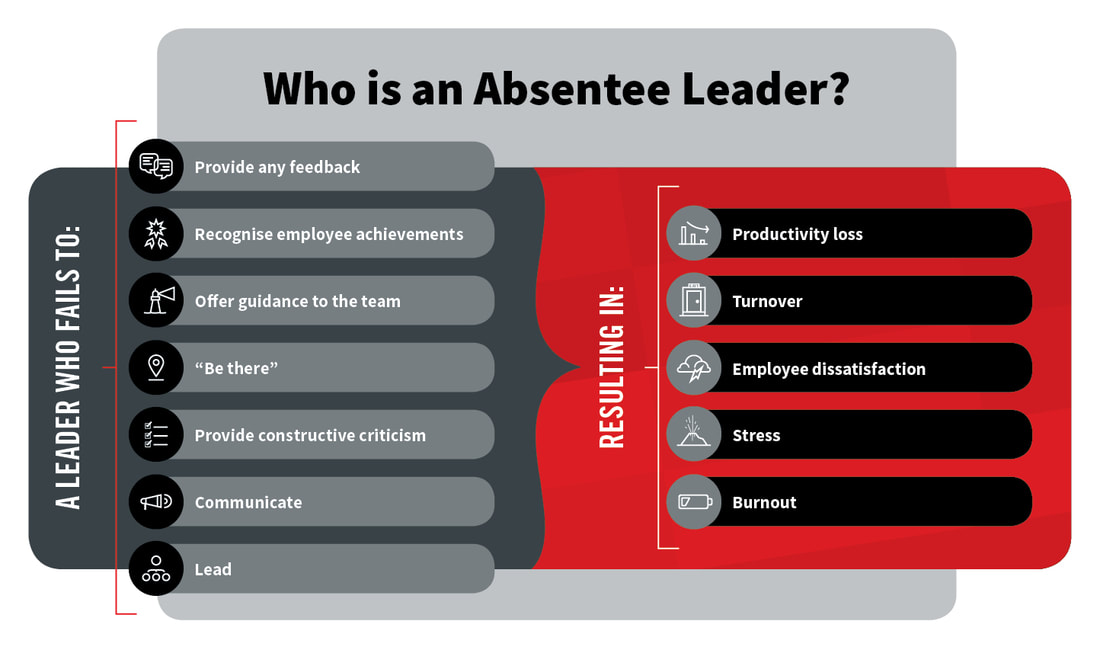A US study revealed that workplace bullying could cost businesses $250 million per year. Workplace bullying can impact a business financially, as well as contribute towards reputational and performance damage.
Businesses should take action against upwards and downwards bullying, and protect their organisations.
Downwards Bullying
While often workplace bullying refers to that which takes place between staff members, it can also take place between managers and their subordinates. downwards bullying refers to managers who bully their staff, or a certain member of staff.
With 80% of workplace bullying cases taking place from a position of power, downwards bullying can be unfortunately commonplace in many working environments.
We spend much of our lives in the workplace, forming relationships with co-workers. However, when a manager begins to bully a staff member, it can have lasting consequences, not only on that individual, but on the rest of their staff and the wider organisation.
How Can a Manager be a Bully?
While some managers are simply tough, bullying managers will be guilty of giving an employee unattainable tasks that either the individual is not trained for, or cannot complete under the deadline.
A manager may bully a staff member through overbearing supervision, or constant criticism of their work. Rather than provide constructive feedback, an effective management style, leaders may choose to bully staff by giving them constant negative feedback about different aspects of their work.
Another way in which downwards bullying can take place within the workplace, is through the blocking of promotion of certain staff members, or a manager threatening a staff member over their job security from no fault of that individual.
The Impact of Downwards Bullying
Top-down bullying can have a lasting impact, not only on a manager’s team, but also on the organisation as a whole. If a staff member is a victim of bullying from their manager, this will inevitably lead to a breakdown in communication between these two individuals.
Staff members may feel intimidated or even humiliated. This can lead to absenteeism, ultimately affecting the performance of that individual team, and the organisation.
Leading on from this, if an organisation failed to act upon any complaints against a bullying manager, their reputation amongst stakeholders and wider internal and external publics could also be damaged.
Upwards Bullying
While downwards bullying may be more common, upwards bullying can also take place within any working environment, large or small. Upwards bullying takes place when a subordinate staff member bullies their own manager, or another member of management in their workplace.
A recent Irish case saw a victim of upwards bullying, Geraldine McCarthy win a Court of Appeal against her employer, ISS Ireland Ltd, for not providing a safe place to work.
Between May 2009 and February 2011, the supervisor was subject to five separate incidents, where her subordinates displayed aggressive, abusive behaviour. Despite making a complaint to the employer after the first incident, no action was taken, leading to an unsafe workplace for McCarthy.
How Can a Subordinate be a Bully?
A subordinate may bully through spreading gossip or falsehoods about their supervisor or manager. Just as in the above case, subordinates can also bully management through verbal or physical aggression, leading to intimidation or humiliation of the manager.
Upwards bullying can also take place when an individual may gain a new management role in a new organisation or department, tasked with supervising staff members who may be longstanding. While the new staff member may be at a managerial level, they may feel intimidated or threatened by longstanding, subordinate colleagues.
The Impact of Upwards Bullying
Upwards bullying can make a significant impact on the ability of a manager to do their job. The dynamics of a workplace can be affected, with employees losing respect for that manager, and vice versa.
In turn, managers may become disengaged or ‘absent’ in their roles. Their health could also deteriorate as a result of stress and humiliation.
As with downwards bullying, the disengagement of management as a result of upwards bullying can lead to a breakdown in communication between staff. This could have lasting consequences for an organisation, as subordinate staff members become harder to control or negotiate with, affecting the performance of a company. Again, this can also lead to a deterioration in an organisation’s reputation.
Paired with the possibility of increased staff turnover, both downwards and upwards bullying can be costly to an organisation, leading to performance and reputational damage.
Take Action
Tackle any cases of upwards or bullying as soon as possible. By dealing with such situations head-on, organisations can protect their own reputation and performance, as well as ensuring healthy working environments for all staff, regardless of role.
While it can be difficult for victims of downwards bullying to report to management about their colleague, employees should be assured that a company’s HR team has an onus to deal with bullying. In Ireland, workplaces have a legal duty to ensure that their environments are safe places to work.
In terms of upwards bullying, affected managers can demonstrate their authority by calling on their superiors for help to tackle subordinate bullies, in a sufficient and decent way.
By instilling an intolerance towards bullying in the workplace, an organisation can ensure that such incidences do not take place. If peers champion this culture, workplace bullies can be dealt with quickly. This will ensure that a business’ performance will not be affected, while remaining a safe place to work for employees.





 RSS Feed
RSS Feed